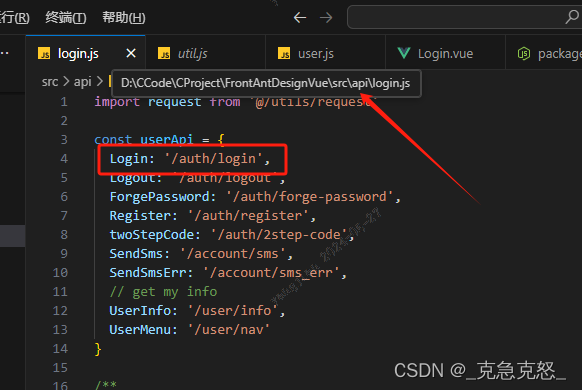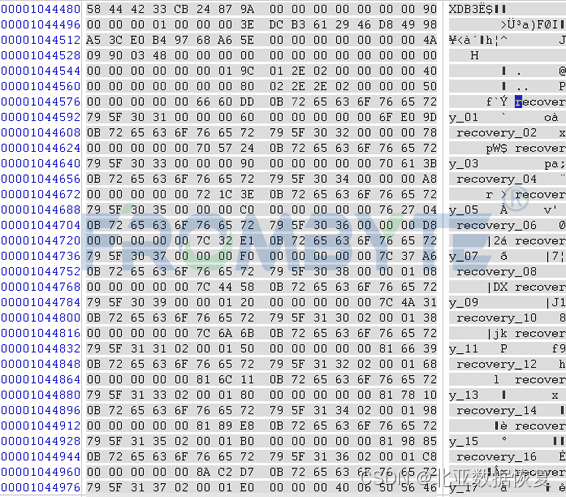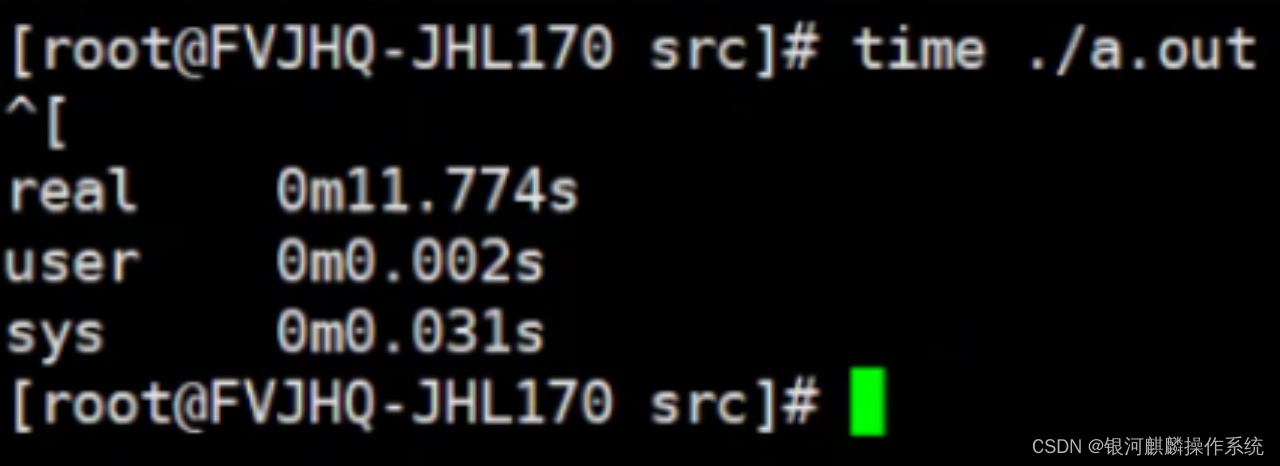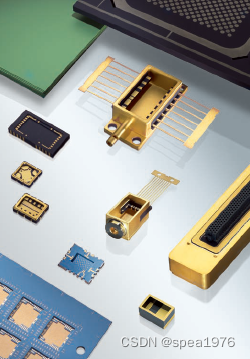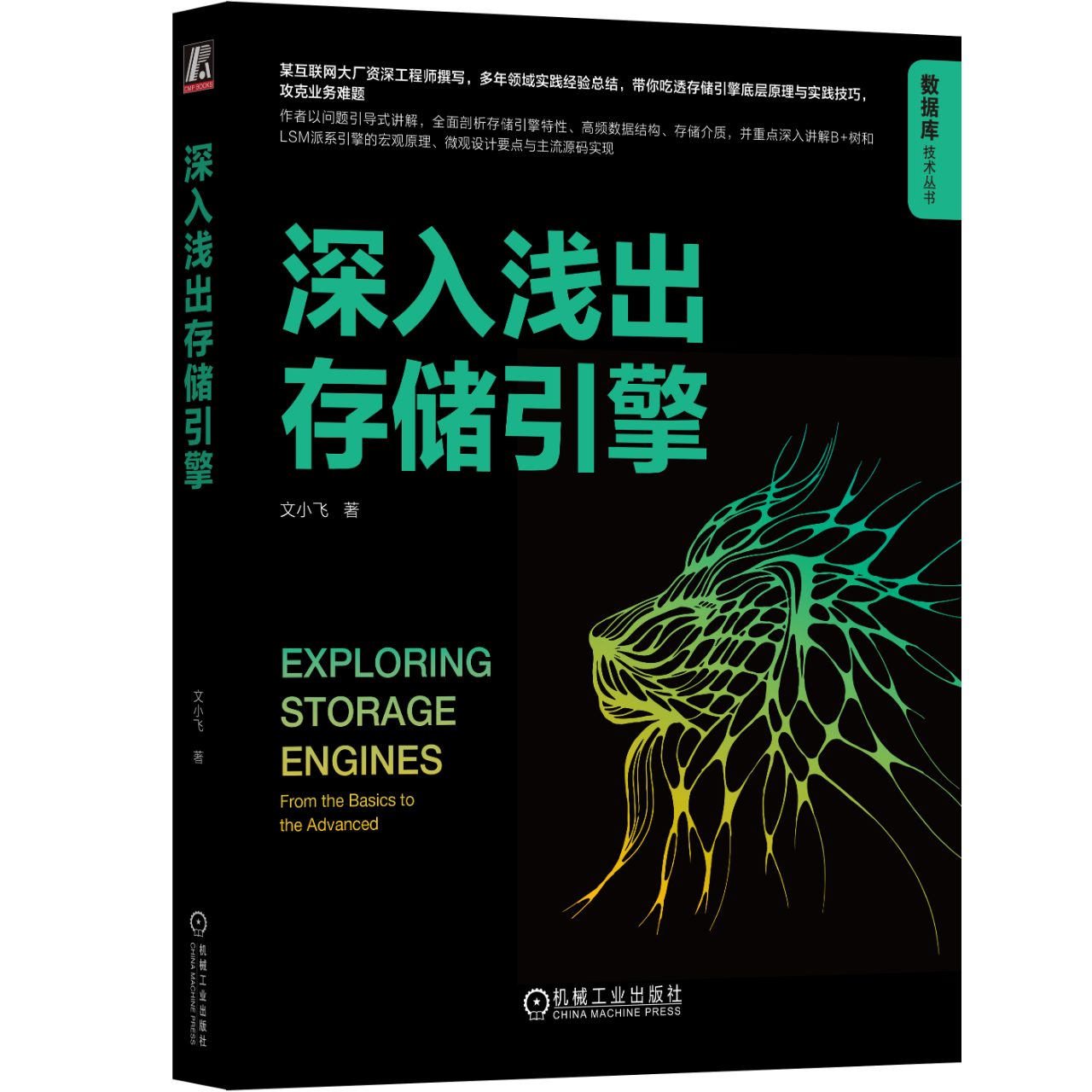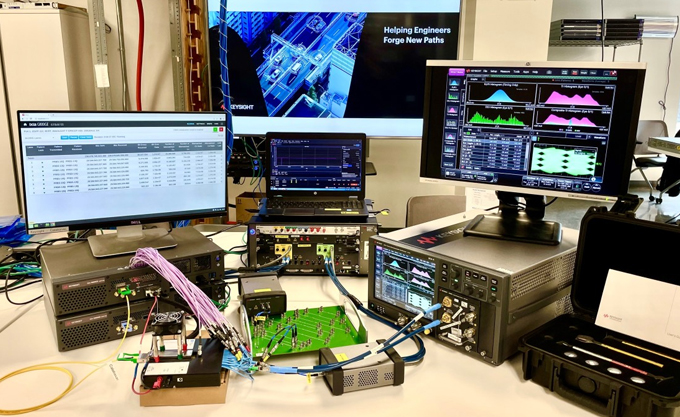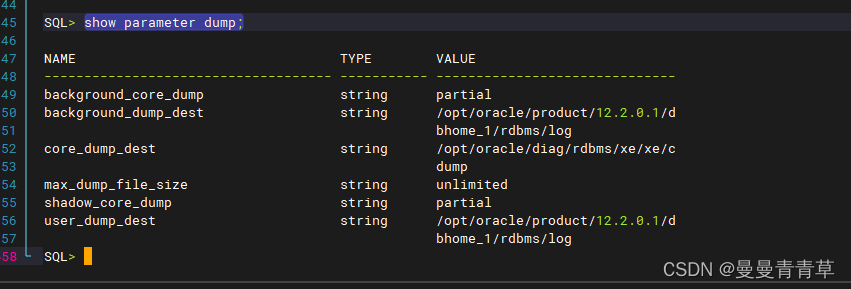Linux 36.3 + JetPack v6.0@jetson-inference之目标检测
- 1. 源由
- 2. detectnet
- 2.1 命令选项
- 2.2 下载模型
- 2.3 操作示例
- 2.3.1 单张照片
- 2.3.2 多张照片
- 2.3.3 视频
- 3. 代码
- 3.1 Python
- 3.2 C++
- 4. 参考资料
1. 源由
从应用角度来说,目标检测是计算机视觉里面第二个重要环节。之前的识别示例输出了表示整个输入图像的类别概率。接下来,将专注于目标检测,通过提取边界框来找到帧中各种目标的位置。与图像分类不同,目标检测网络能够在每帧中检测到多个不同的目标。
2. detectnet
detectNet对象接受图像作为输入,并输出检测到的边界框坐标列表以及它们的类别和置信度值。detectNet可以在Python和C++中使用。请参阅下面可供下载的各种预训练检测模型。默认使用的模型是基于MS COCO数据集训练的91类SSD-Mobilenet-v2模型,该模型在Jetson上结合TensorRT实现了实时推理性能。
2.1 命令选项
$ detectnet --help
usage: detectnet [--help] [--network=NETWORK] [--threshold=THRESHOLD] ...
input [output]
Locate objects in a video/image stream using an object detection DNN.
See below for additional arguments that may not be shown above.
positional arguments:
input resource URI of input stream (see videoSource below)
output resource URI of output stream (see videoOutput below)
detectNet arguments:
--network=NETWORK pre-trained model to load, one of the following:
* ssd-mobilenet-v1
* ssd-mobilenet-v2 (default)
* ssd-inception-v2
* peoplenet
* peoplenet-pruned
* dashcamnet
* trafficcamnet
* facedetect
--model=MODEL path to custom model to load (caffemodel, uff, or onnx)
--prototxt=PROTOTXT path to custom prototxt to load (for .caffemodel only)
--labels=LABELS path to text file containing the labels for each class
--input-blob=INPUT name of the input layer (default is 'data')
--output-cvg=COVERAGE name of the coverage/confidence output layer (default is 'coverage')
--output-bbox=BOXES name of the bounding output layer (default is 'bboxes')
--mean-pixel=PIXEL mean pixel value to subtract from input (default is 0.0)
--confidence=CONF minimum confidence threshold for detection (default is 0.5)
--clustering=CLUSTER minimum overlapping area threshold for clustering (default is 0.75)
--alpha=ALPHA overlay alpha blending value, range 0-255 (default: 120)
--overlay=OVERLAY detection overlay flags (e.g. --overlay=box,labels,conf)
valid combinations are: 'box', 'lines', 'labels', 'conf', 'none'
--profile enable layer profiling in TensorRT
objectTracker arguments:
--tracking flag to enable default tracker (IOU)
--tracker=TRACKER enable tracking with 'IOU' or 'KLT'
--tracker-min-frames=N the number of re-identified frames for a track to be considered valid (default: 3)
--tracker-drop-frames=N number of consecutive lost frames before a track is dropped (default: 15)
--tracker-overlap=N how much IOU overlap is required for a bounding box to be matched (default: 0.5)
videoSource arguments:
input resource URI of the input stream, for example:
* /dev/video0 (V4L2 camera #0)
* csi://0 (MIPI CSI camera #0)
* rtp://@:1234 (RTP stream)
* rtsp://user:pass@ip:1234 (RTSP stream)
* webrtc://@:1234/my_stream (WebRTC stream)
* file://my_image.jpg (image file)
* file://my_video.mp4 (video file)
* file://my_directory/ (directory of images)
--input-width=WIDTH explicitly request a width of the stream (optional)
--input-height=HEIGHT explicitly request a height of the stream (optional)
--input-rate=RATE explicitly request a framerate of the stream (optional)
--input-save=FILE path to video file for saving the input stream to disk
--input-codec=CODEC RTP requires the codec to be set, one of these:
* h264, h265
* vp8, vp9
* mpeg2, mpeg4
* mjpeg
--input-decoder=TYPE the decoder engine to use, one of these:
* cpu
* omx (aarch64/JetPack4 only)
* v4l2 (aarch64/JetPack5 only)
--input-flip=FLIP flip method to apply to input:
* none (default)
* counterclockwise
* rotate-180
* clockwise
* horizontal
* vertical
* upper-right-diagonal
* upper-left-diagonal
--input-loop=LOOP for file-based inputs, the number of loops to run:
* -1 = loop forever
* 0 = don't loop (default)
* >0 = set number of loops
videoOutput arguments:
output resource URI of the output stream, for example:
* file://my_image.jpg (image file)
* file://my_video.mp4 (video file)
* file://my_directory/ (directory of images)
* rtp://<remote-ip>:1234 (RTP stream)
* rtsp://@:8554/my_stream (RTSP stream)
* webrtc://@:1234/my_stream (WebRTC stream)
* display://0 (OpenGL window)
--output-codec=CODEC desired codec for compressed output streams:
* h264 (default), h265
* vp8, vp9
* mpeg2, mpeg4
* mjpeg
--output-encoder=TYPE the encoder engine to use, one of these:
* cpu
* omx (aarch64/JetPack4 only)
* v4l2 (aarch64/JetPack5 only)
--output-save=FILE path to a video file for saving the compressed stream
to disk, in addition to the primary output above
--bitrate=BITRATE desired target VBR bitrate for compressed streams,
in bits per second. The default is 4000000 (4 Mbps)
--headless don't create a default OpenGL GUI window
logging arguments:
--log-file=FILE output destination file (default is stdout)
--log-level=LEVEL message output threshold, one of the following:
* silent
* error
* warning
* success
* info
* verbose (default)
* debug
--verbose enable verbose logging (same as --log-level=verbose)
--debug enable debug logging (same as --log-level=debug)
注:关于照片、视频等基本操作,详见: 《Linux 36.3 + JetPack v6.0@jetson-inference之视频操作》
2.2 下载模型
两种方式:
- 创建 对象时,初始化会自动下载
- 通过手动将模型文件放置到
data/networks/目录下
国内,由于“墙”的存在,对于我们这种处于起飞阶段的菜鸟来说就是“障碍”。有条件的朋友可以参考《apt-get通过代理更新系统》进行设置网络。
不过,NVIDIA还是很热心的帮助我们做了“Work around”,所有的模型都已经预先存放在中国大陆能访问的位置:Github - model-mirror-190618
--network=NETWORK pre-trained model to load, one of the following:
* ssd-mobilenet-v1
* ssd-mobilenet-v2 (default)
* ssd-inception-v2
* peoplenet
* peoplenet-pruned
* dashcamnet
* trafficcamnet
* facedetect
--model=MODEL path to custom model to load (caffemodel, uff, or onnx)
根据以上Model方面信息,该命令支持:
- ssd-mobilenet-v1
- ssd-mobilenet-v2 (default)
- ssd-inception-v2
- peoplenet
- peoplenet-pruned
- dashcamnet
- trafficcamnet
- facedetect
- 支持定制模型(需要用到通用的模型文件caffemodel, uff, or onnx)
作为示例,就下载一个SSD-Mobilenet-v2(default)模型
$ mkdir model-mirror-190618
$ cd model-mirror-190618
$ wget https://github.com/dusty-nv/jetson-inference/releases/download/model-mirror-190618/SSD-Mobilenet-v2.tar.gz
$ tar -zxvf SSD-Mobilenet-v2.tar.gz -C ../data/networks
$ cd ..
注:这个模型文件下载要注意,将解压缩文件放置到SSD-Mobilenet-v2目录下。
2.3 操作示例
$ cd build/aarch64/bin/
2.3.1 单张照片
# C++
$ ./detectnet --network=ssd-mobilenet-v2 images/peds_0.jpg images/test/output_detectnet_cpp.jpg
# Python
$ ./detectnet.py --network=ssd-mobilenet-v2 images/peds_0.jpg images/test/output_detectnet_python.jpg
本次CPP和Python执行概率结果一致,不像imagenet有差异。

2.3.2 多张照片
# C++
$ ./detectnet "images/peds_*.jpg" images/test/peds_output_detectnet_cpp_%i.jpg
# Python
$ ./detectnet.py "images/peds_*.jpg" images/test/peds_output_detectnet_python_%i.jpg
注:多张图片这里就不再放出了,感兴趣的朋友下载代码,本地运行一下即可。
2.3.3 视频
# C++
$ ./detectnet ../../../pedestrians.mp4 images/test/pedestrians_ssd_detectnet_cpp.mp4
# Python
$ ./detectnet.py ../../../pedestrians.mp4 images/test/pedestrians_ssd_detectnet_python.mp4
pedestrians
3. 代码
3.1 Python
Import statements
├── import sys
├── import argparse
├── from jetson_inference import detectNet
└── from jetson_utils import videoSource, videoOutput, Log
Command-line argument parsing
├── Create ArgumentParser
│ ├── description: "Locate objects in a live camera stream using an object detection DNN."
│ ├── formatter_class: argparse.RawTextHelpFormatter
│ └── epilog: detectNet.Usage() + videoSource.Usage() + videoOutput.Usage() + Log.Usage()
├── Add arguments
│ ├── input: "URI of the input stream"
│ ├── output: "URI of the output stream"
│ ├── --network: "pre-trained model to load (default: 'ssd-mobilenet-v2')"
│ ├── --overlay: "detection overlay flags (default: 'box,labels,conf')"
│ └── --threshold: "minimum detection threshold to use (default: 0.5)"
└── Parse arguments
├── args = parser.parse_known_args()[0]
└── Exception handling
├── print("")
└── parser.print_help()
└── sys.exit(0)
Create video sources and outputs
├── input = videoSource(args.input, argv=sys.argv)
└── output = videoOutput(args.output, argv=sys.argv)
Load object detection network
└── net = detectNet(args.network, sys.argv, args.threshold)
# Note: Hard-code paths to load a model (commented out)
├── net = detectNet(model="model/ssd-mobilenet.onnx", labels="model/labels.txt",
├── input_blob="input_0", output_cvg="scores", output_bbox="boxes",
└── threshold=args.threshold)
Process frames until EOS or user exits
└── while True:
├── Capture next image
│ └── img = input.Capture()
│ └── if img is None: # timeout
│ └── continue
├── Detect objects in the image
│ └── detections = net.Detect(img, overlay=args.overlay)
├── Print the detections
│ ├── print("detected {:d} objects in image".format(len(detections)))
│ └── for detection in detections:
│ └── print(detection)
├── Render the image
│ └── output.Render(img)
├── Update the title bar
│ └── output.SetStatus("{:s} | Network {:.0f} FPS".format(args.network, net.GetNetworkFPS()))
├── Print performance info
│ └── net.PrintProfilerTimes()
└── Exit on input/output EOS
├── if not input.IsStreaming() or not output.IsStreaming():
└── break
3.2 C++
#include statements
├── "videoSource.h"
├── "videoOutput.h"
├── "detectNet.h"
├── "objectTracker.h"
└── <signal.h>
Global variables
└── bool signal_recieved = false;
Function definitions
├── void sig_handler(int signo)
│ └── if (signo == SIGINT)
│ ├── LogVerbose("received SIGINT\n");
│ └── signal_recieved = true;
└── int usage()
├── printf("usage: detectnet [--help] [--network=NETWORK] [--threshold=THRESHOLD] ...\n");
├── printf(" input [output]\n\n");
├── printf("Locate objects in a video/image stream using an object detection DNN.\n");
├── printf("See below for additional arguments that may not be shown above.\n\n");
├── printf("positional arguments:\n");
├── printf(" input resource URI of input stream (see videoSource below)\n");
├── printf(" output resource URI of output stream (see videoOutput below)\n\n");
├── printf("%s", detectNet::Usage());
├── printf("%s", objectTracker::Usage());
├── printf("%s", videoSource::Usage());
├── printf("%s", videoOutput::Usage());
└── printf("%s", Log::Usage());
main function
├── Parse command line
│ ├── commandLine cmdLine(argc, argv);
│ └── if (cmdLine.GetFlag("help"))
│ └── return usage();
├── Attach signal handler
│ └── if (signal(SIGINT, sig_handler) == SIG_ERR)
│ └── LogError("can't catch SIGINT\n");
├── Create input stream
│ ├── videoSource* input = videoSource::Create(cmdLine, ARG_POSITION(0));
│ └── if (!input)
│ ├── LogError("detectnet: failed to create input stream\n");
│ └── return 1;
├── Create output stream
│ ├── videoOutput* output = videoOutput::Create(cmdLine, ARG_POSITION(1));
│ └── if (!output)
│ ├── LogError("detectnet: failed to create output stream\n");
│ └── return 1;
├── Create detection network
│ ├── detectNet* net = detectNet::Create(cmdLine);
│ └── if (!net)
│ ├── LogError("detectnet: failed to load detectNet model\n");
│ └── return 1;
│ └── const uint32_t overlayFlags = detectNet::OverlayFlagsFromStr(cmdLine.GetString("overlay", "box,labels,conf"));
├── Processing loop
│ └── while (!signal_recieved)
│ ├── Capture next image
│ │ ├── uchar3* image = NULL;
│ │ ├── int status = 0;
│ │ ├── if (!input->Capture(&image, &status))
│ │ │ └── if (status == videoSource::TIMEOUT)
│ │ │ └── continue;
│ │ │ └── break; // EOS
│ ├── Detect objects in the frame
│ │ ├── detectNet::Detection* detections = NULL;
│ │ ├── const int numDetections = net->Detect(image, input->GetWidth(), input->GetHeight(), &detections, overlayFlags);
│ │ └── if (numDetections > 0)
│ │ └── LogVerbose("%i objects detected\n", numDetections);
│ │ └── for (int n=0; n < numDetections; n++)
│ │ ├── LogVerbose("\ndetected obj %i class #%u (%s) confidence=%f\n", n, detections[n].ClassID, net->GetClassDesc(detections[n].ClassID), detections[n].Confidence);
│ │ ├── LogVerbose("bounding box %i (%.2f, %.2f) (%.2f, %.2f) w=%.2f h=%.2f\n", n, detections[n].Left, detections[n].Top, detections[n].Right, detections[n].Bottom, detections[n].Width(), detections[n].Height());
│ │ └── if (detections[n].TrackID >= 0)
│ │ └── LogVerbose("tracking ID %i status=%i frames=%i lost=%i\n", detections[n].TrackID, detections[n].TrackStatus, detections[n].TrackFrames, detections[n].TrackLost);
│ ├── Render outputs
│ │ ├── if (output != NULL)
│ │ │ ├── output->Render(image, input->GetWidth(), input->GetHeight());
│ │ │ ├── char str[256];
│ │ │ ├── sprintf(str, "TensorRT %i.%i.%i | %s | Network %.0f FPS", NV_TENSORRT_MAJOR, NV_TENSORRT_MINOR, NV_TENSORRT_PATCH, precisionTypeToStr(net->GetPrecision()), net->GetNetworkFPS());
│ │ │ ├── output->SetStatus(str);
│ │ │ └── if (!output->IsStreaming())
│ │ │ └── break;
│ └── Print out timing info
│ └── net->PrintProfilerTimes();
├── Destroy resources
│ ├── LogVerbose("detectnet: shutting down...\n");
│ ├── SAFE_DELETE(input);
│ ├── SAFE_DELETE(output);
│ ├── SAFE_DELETE(net);
└── LogVerbose("detectnet: shutdown complete.\n");
└── return 0;
4. 参考资料
【1】jetson-inference - Locating Objects with DetectNet




